We often get requests for our
leather products in specific colors of leather, like bright orange or white. There is a difference between the two most commonly-used kinds of leather tanning processes, and and this difference explains why we can't make those kinds of candy colors. Although there are many kinds of tanning, we're going to talk about the two most common:vegetable-tanned and chrome-tanned. Walnut Studiolo uses vegetable-tanned leather (and, to a lesser extent, bridle leather, which is variant of vegetable-tanned). Most of the leather you see in your day-to-day life, on sports shoes and clothing, is chrome-tanned. The differences in the leather are just like what they sound - vegetable-tanned leather is tanned using vegetable tannins (
sourced from tree bark, wood, leaves, fruits and roots), and chrome-tanned leather is tanned using chemicals like chromium and mercury.

A sample of vegetable-tanned leather from US tannery Hermann Oak

Vegetable-tanned hides, photo from Brettuns Village Chrome tanning creates that soft, fabric-like drape, as well as the ability to be bleached and dyed in just about any color. It works well with a sewing machine and in garments. It's often called "garment leather" in fact. This kind of leather comes in all kinds of colors, but it doesn't have the structural integrity required by Walnut Studiolo's products. In addition, chrome-tanned leather has greater environmental impacts, from the use of heavy chemicals and the disposal thereof, and most tanning is done in countries with lax environmental standards, which pollutes the environment.

Candy-colored chrome-tanned garment leather, photo from Tandy Leather Vegetable tanning creates a stiff, natural leather product that, on the downside, has to be broken in and cared for, but on the plus side, actually becomes more beautiful with use and age, just like baseball gloves used to be made. Vegetable-tanned leather will last longer than garment with care, and it looks better in the process. Each vegetable-tanned hide is different, and the natural shades of the leather can vary quite a bit. This type of natural hide also shows the life scars of the animal, including brands and scars. Even when it's used in its natural color stage, it will darken to a rich and glossy dark brown color over time from the oils in your hands, but you can dye it with a series of natural-hued oil dyes - or UV rays (leaving it out in the sun). Whereas UV rays will usually lighten the pigment of garment leather, it actually darkens the color of vegetable-tanned leather. Vegetable-tanned leather will become softer and more pliable without losing its structural integrity. It is ideal for carving, molding, and shaping, and has an almost-magical relationship with water. When wet, it becomes pliable, and when dry it stiffens into shape. This is why vegetable-tanned leather is used in saddles. Additionally, Walnut Studiolo buys its vegetable-tanned leather from an American tannery, ensuring that the production of the leather follows stringent US environmental laws.

Walnut Studiolo uses vegetable-tanned leather to have 3D structure, like in our boxy seat bag We use oil-based dyes for vegetable-tanned leather, which we have in the following colors. That light tan color underneath? That's natural, undyed vegetable-tanned leather:

Leather Oil Dye Color Strip They do make acrylic "dyes" in candy colors for use on vegetable-tanned leather, but it is really just a coat of paint on top. It does not soak into the leather, and it will crack, chip, and even wash off with use. For this reason, Walnut Studiolo will not make our products with an acrylic paint. Leather has been used since the dawn of humanity. The material has evolved along with us, and all these various leather products have their specific intended use. We are making the most environmentally-conscious decisions and using natural vegetable-tanned leather because it's the best material choice for the rugged, outdoor-use products we make for you.
 A sample of vegetable-tanned leather from US tannery Hermann Oak
A sample of vegetable-tanned leather from US tannery Hermann Oak Vegetable-tanned hides, photo from Brettuns Village Chrome tanning creates that soft, fabric-like drape, as well as the ability to be bleached and dyed in just about any color. It works well with a sewing machine and in garments. It's often called "garment leather" in fact. This kind of leather comes in all kinds of colors, but it doesn't have the structural integrity required by Walnut Studiolo's products. In addition, chrome-tanned leather has greater environmental impacts, from the use of heavy chemicals and the disposal thereof, and most tanning is done in countries with lax environmental standards, which pollutes the environment.
Vegetable-tanned hides, photo from Brettuns Village Chrome tanning creates that soft, fabric-like drape, as well as the ability to be bleached and dyed in just about any color. It works well with a sewing machine and in garments. It's often called "garment leather" in fact. This kind of leather comes in all kinds of colors, but it doesn't have the structural integrity required by Walnut Studiolo's products. In addition, chrome-tanned leather has greater environmental impacts, from the use of heavy chemicals and the disposal thereof, and most tanning is done in countries with lax environmental standards, which pollutes the environment.  Candy-colored chrome-tanned garment leather, photo from Tandy Leather Vegetable tanning creates a stiff, natural leather product that, on the downside, has to be broken in and cared for, but on the plus side, actually becomes more beautiful with use and age, just like baseball gloves used to be made. Vegetable-tanned leather will last longer than garment with care, and it looks better in the process. Each vegetable-tanned hide is different, and the natural shades of the leather can vary quite a bit. This type of natural hide also shows the life scars of the animal, including brands and scars. Even when it's used in its natural color stage, it will darken to a rich and glossy dark brown color over time from the oils in your hands, but you can dye it with a series of natural-hued oil dyes - or UV rays (leaving it out in the sun). Whereas UV rays will usually lighten the pigment of garment leather, it actually darkens the color of vegetable-tanned leather. Vegetable-tanned leather will become softer and more pliable without losing its structural integrity. It is ideal for carving, molding, and shaping, and has an almost-magical relationship with water. When wet, it becomes pliable, and when dry it stiffens into shape. This is why vegetable-tanned leather is used in saddles. Additionally, Walnut Studiolo buys its vegetable-tanned leather from an American tannery, ensuring that the production of the leather follows stringent US environmental laws.
Candy-colored chrome-tanned garment leather, photo from Tandy Leather Vegetable tanning creates a stiff, natural leather product that, on the downside, has to be broken in and cared for, but on the plus side, actually becomes more beautiful with use and age, just like baseball gloves used to be made. Vegetable-tanned leather will last longer than garment with care, and it looks better in the process. Each vegetable-tanned hide is different, and the natural shades of the leather can vary quite a bit. This type of natural hide also shows the life scars of the animal, including brands and scars. Even when it's used in its natural color stage, it will darken to a rich and glossy dark brown color over time from the oils in your hands, but you can dye it with a series of natural-hued oil dyes - or UV rays (leaving it out in the sun). Whereas UV rays will usually lighten the pigment of garment leather, it actually darkens the color of vegetable-tanned leather. Vegetable-tanned leather will become softer and more pliable without losing its structural integrity. It is ideal for carving, molding, and shaping, and has an almost-magical relationship with water. When wet, it becomes pliable, and when dry it stiffens into shape. This is why vegetable-tanned leather is used in saddles. Additionally, Walnut Studiolo buys its vegetable-tanned leather from an American tannery, ensuring that the production of the leather follows stringent US environmental laws. Walnut Studiolo uses vegetable-tanned leather to have 3D structure, like in our boxy seat bag We use oil-based dyes for vegetable-tanned leather, which we have in the following colors. That light tan color underneath? That's natural, undyed vegetable-tanned leather:
Walnut Studiolo uses vegetable-tanned leather to have 3D structure, like in our boxy seat bag We use oil-based dyes for vegetable-tanned leather, which we have in the following colors. That light tan color underneath? That's natural, undyed vegetable-tanned leather:  Leather Oil Dye Color Strip They do make acrylic "dyes" in candy colors for use on vegetable-tanned leather, but it is really just a coat of paint on top. It does not soak into the leather, and it will crack, chip, and even wash off with use. For this reason, Walnut Studiolo will not make our products with an acrylic paint. Leather has been used since the dawn of humanity. The material has evolved along with us, and all these various leather products have their specific intended use. We are making the most environmentally-conscious decisions and using natural vegetable-tanned leather because it's the best material choice for the rugged, outdoor-use products we make for you.
Leather Oil Dye Color Strip They do make acrylic "dyes" in candy colors for use on vegetable-tanned leather, but it is really just a coat of paint on top. It does not soak into the leather, and it will crack, chip, and even wash off with use. For this reason, Walnut Studiolo will not make our products with an acrylic paint. Leather has been used since the dawn of humanity. The material has evolved along with us, and all these various leather products have their specific intended use. We are making the most environmentally-conscious decisions and using natural vegetable-tanned leather because it's the best material choice for the rugged, outdoor-use products we make for you.

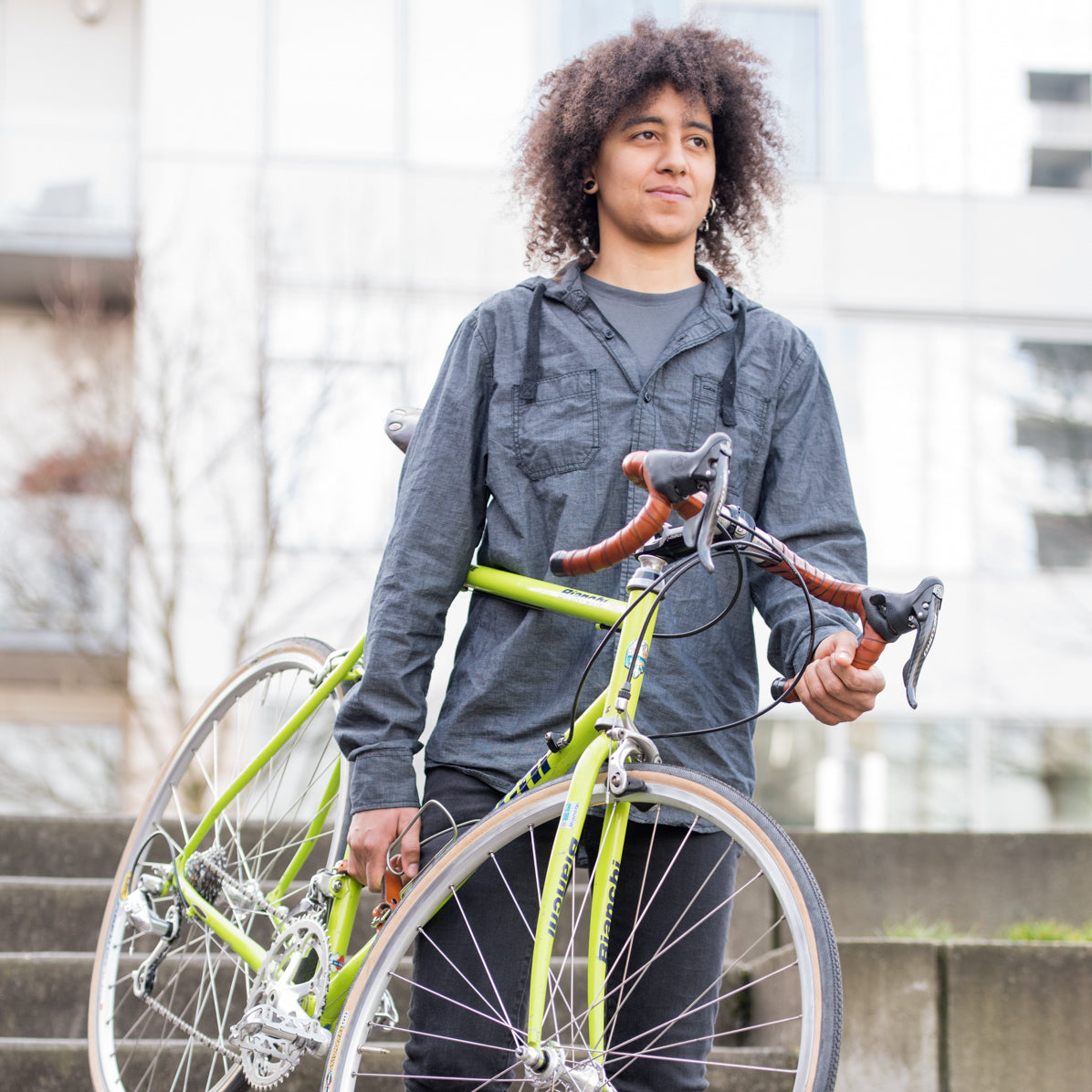
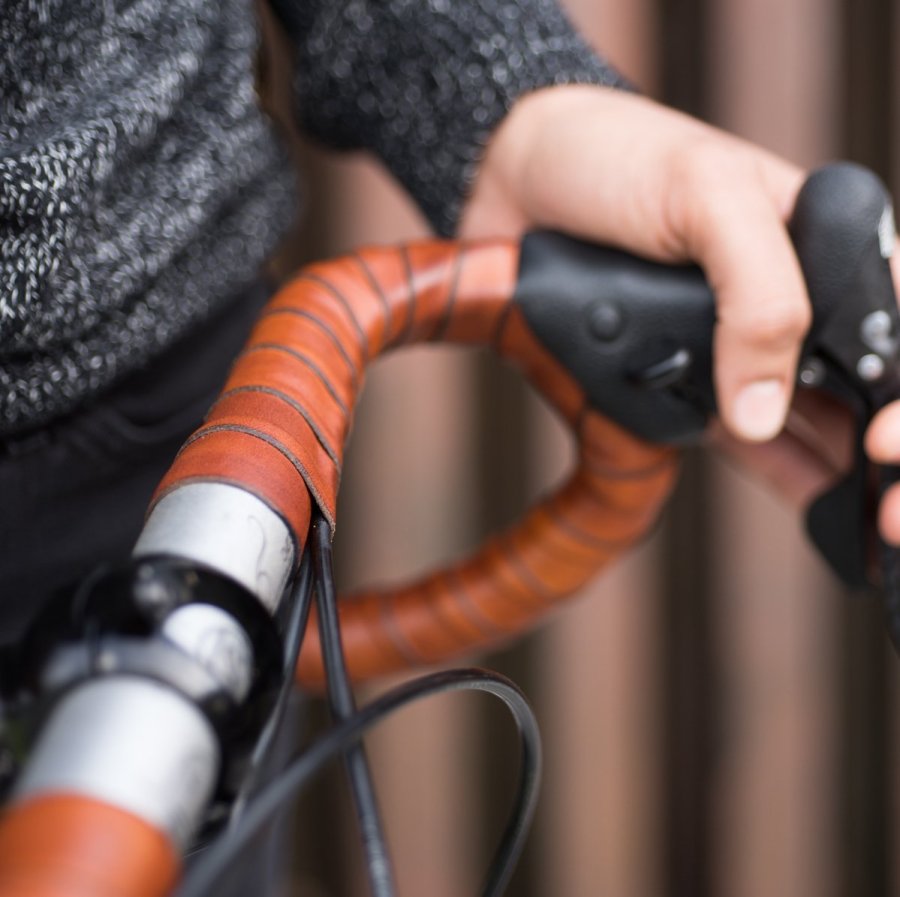
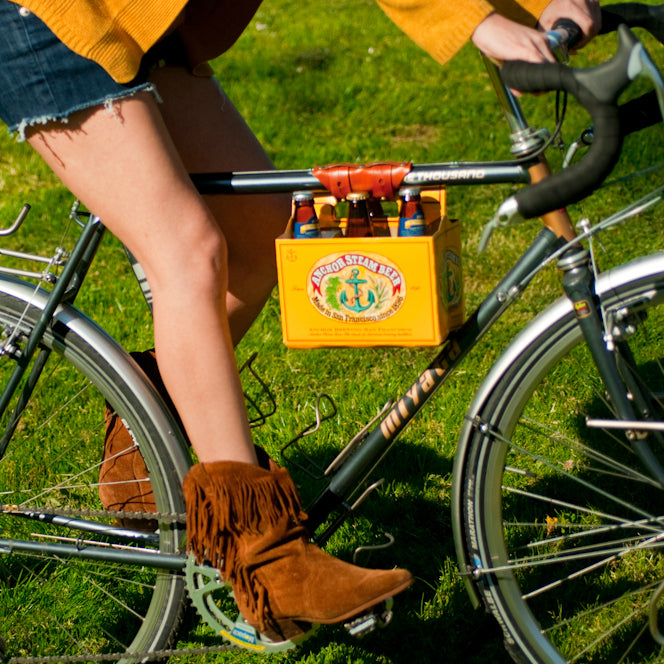
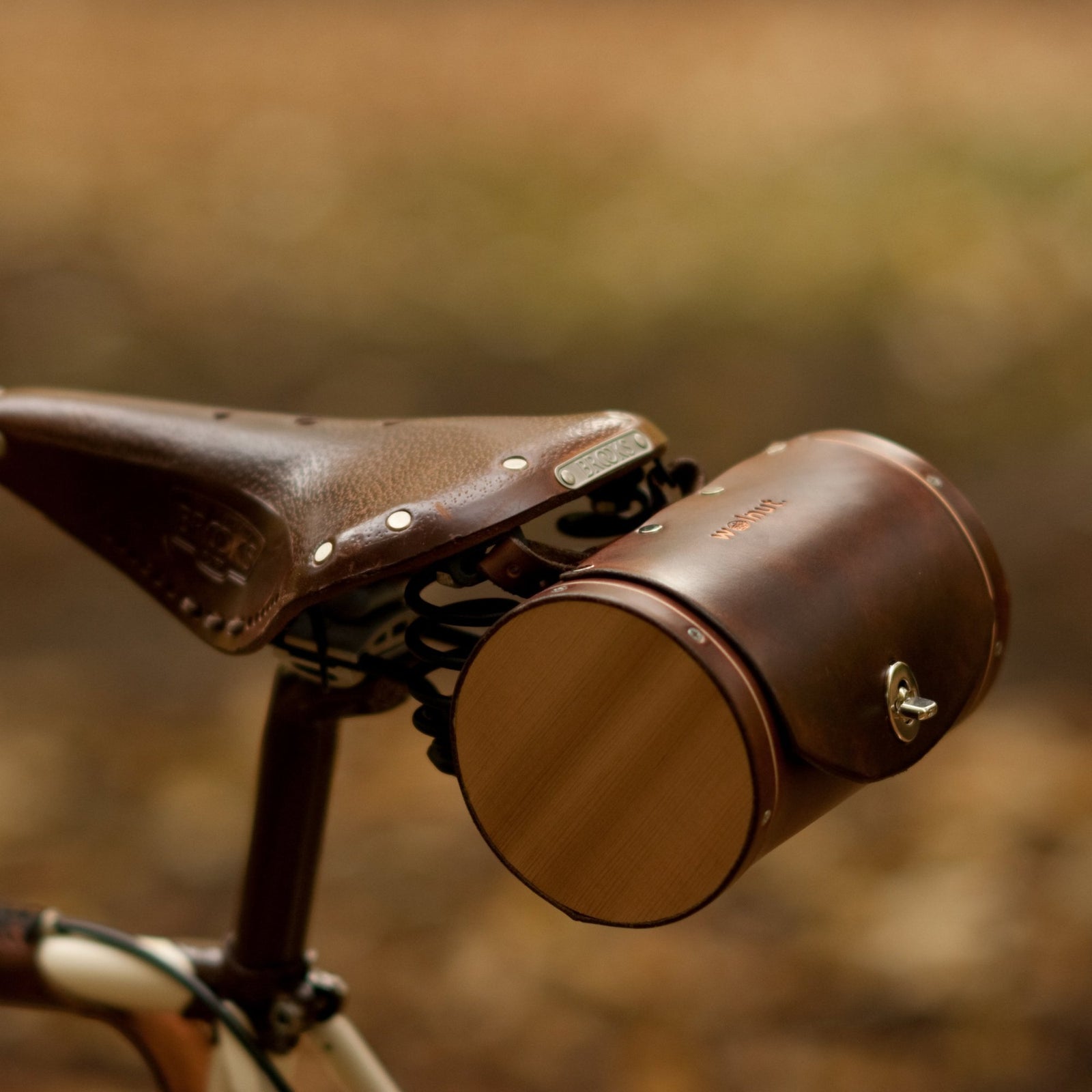
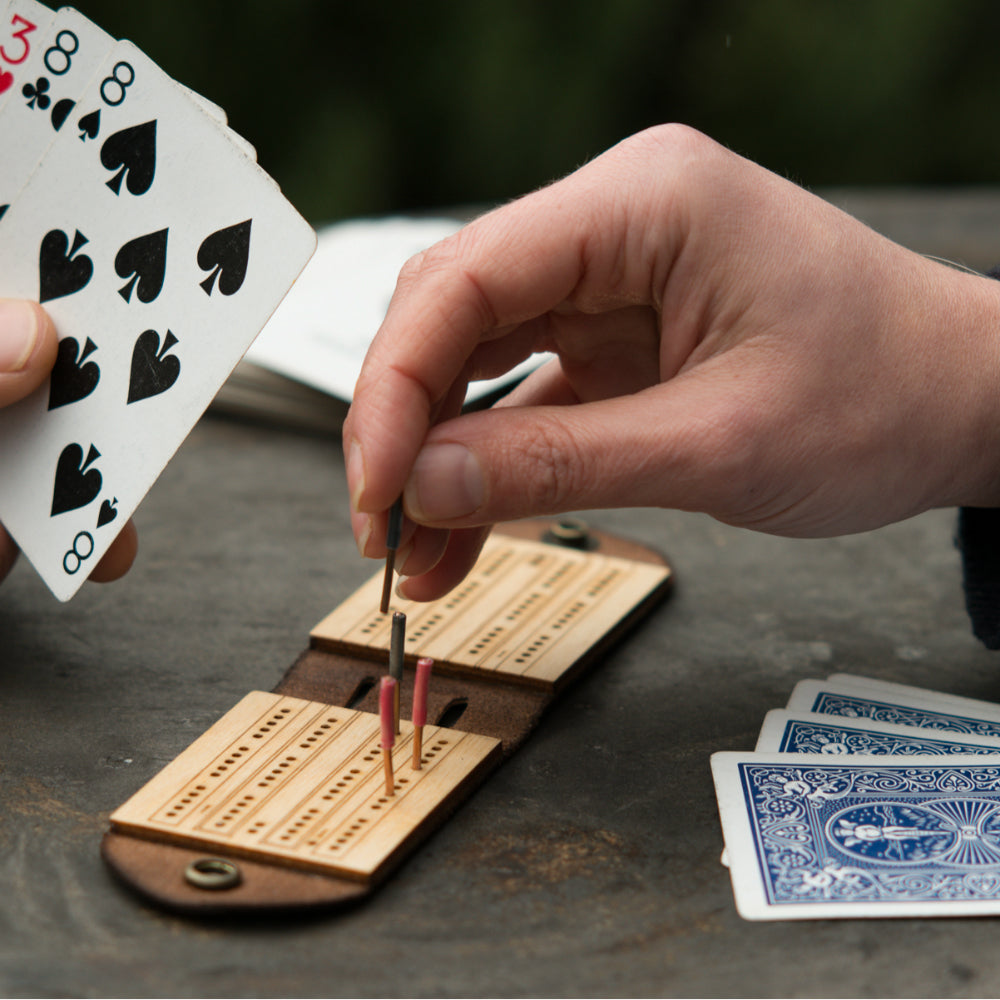
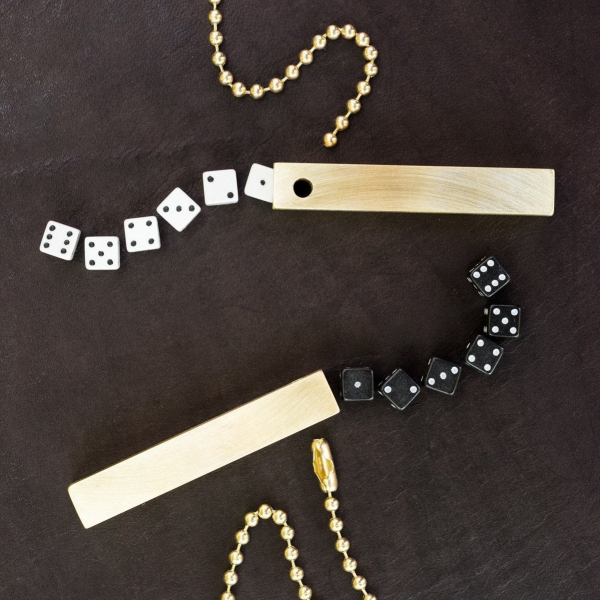
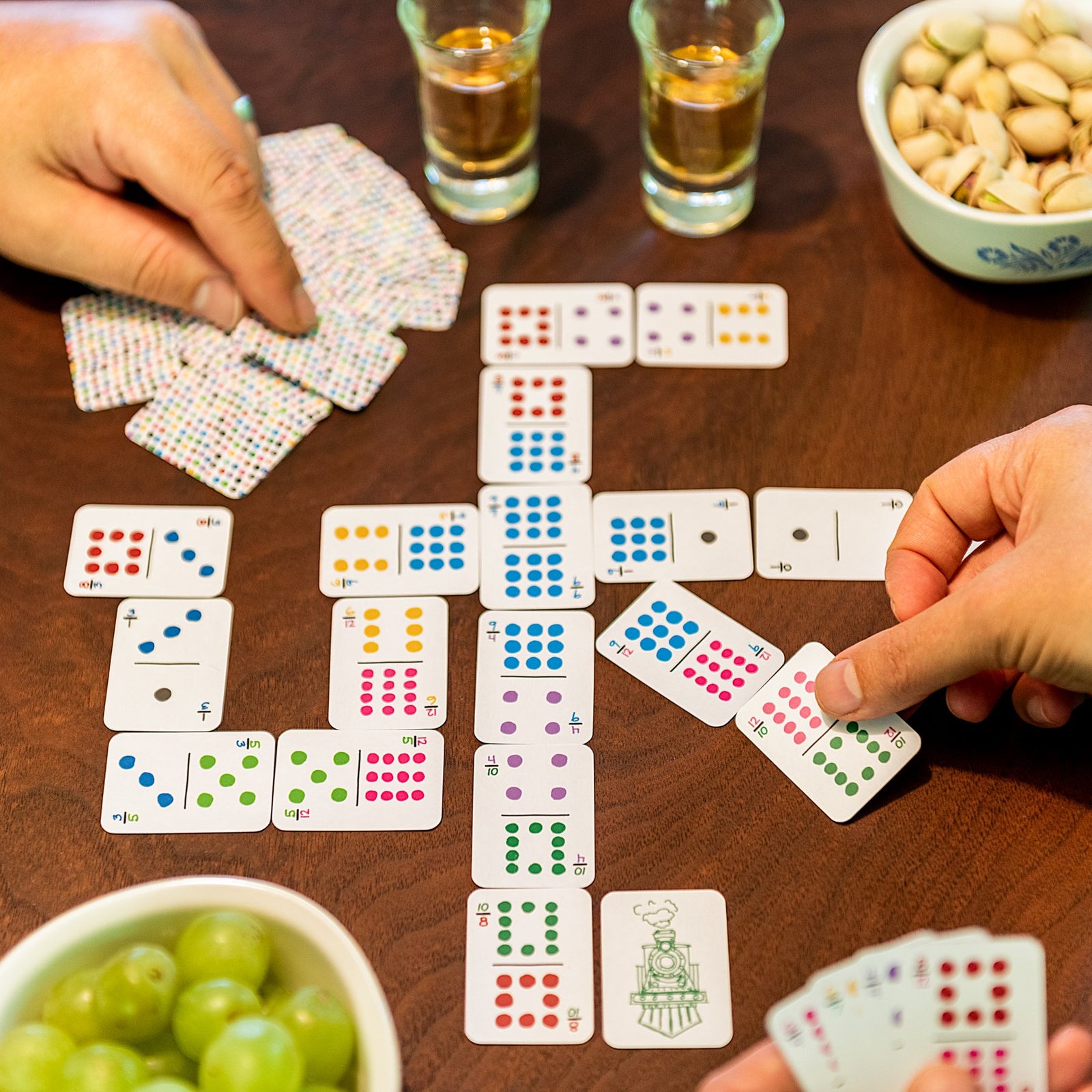
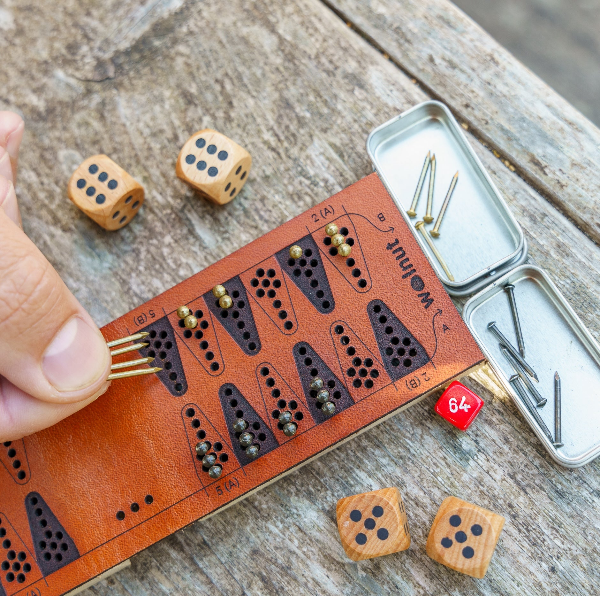
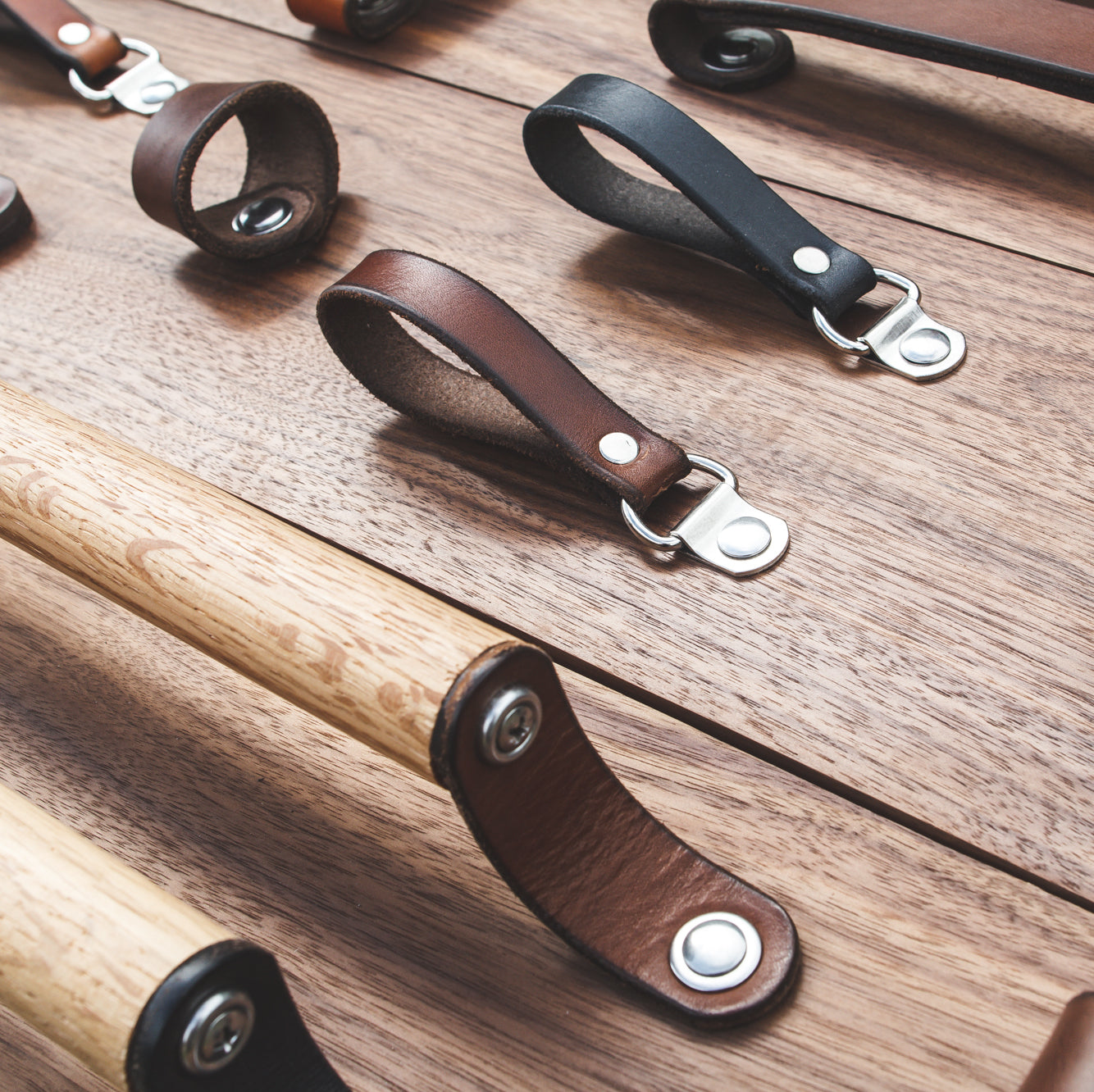

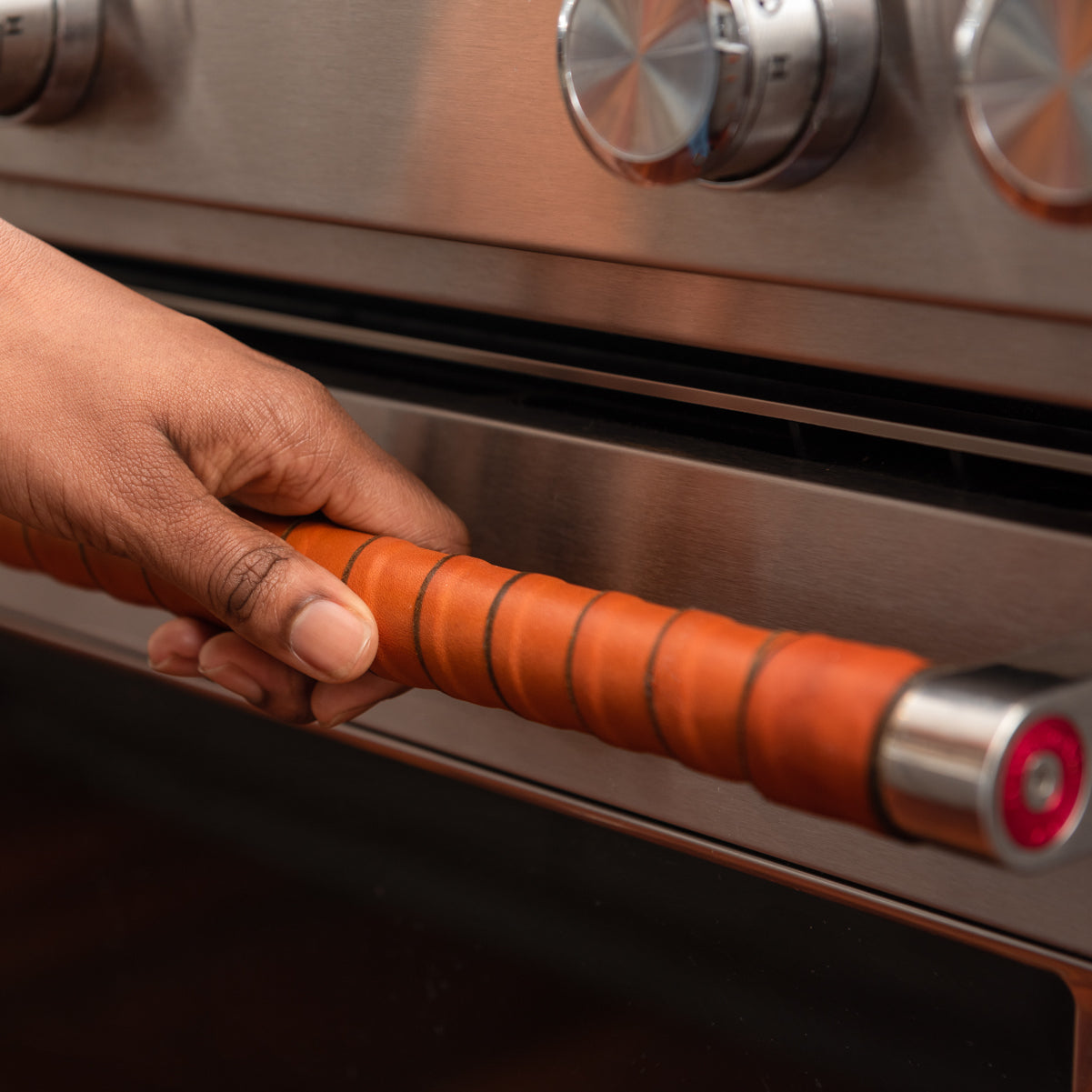
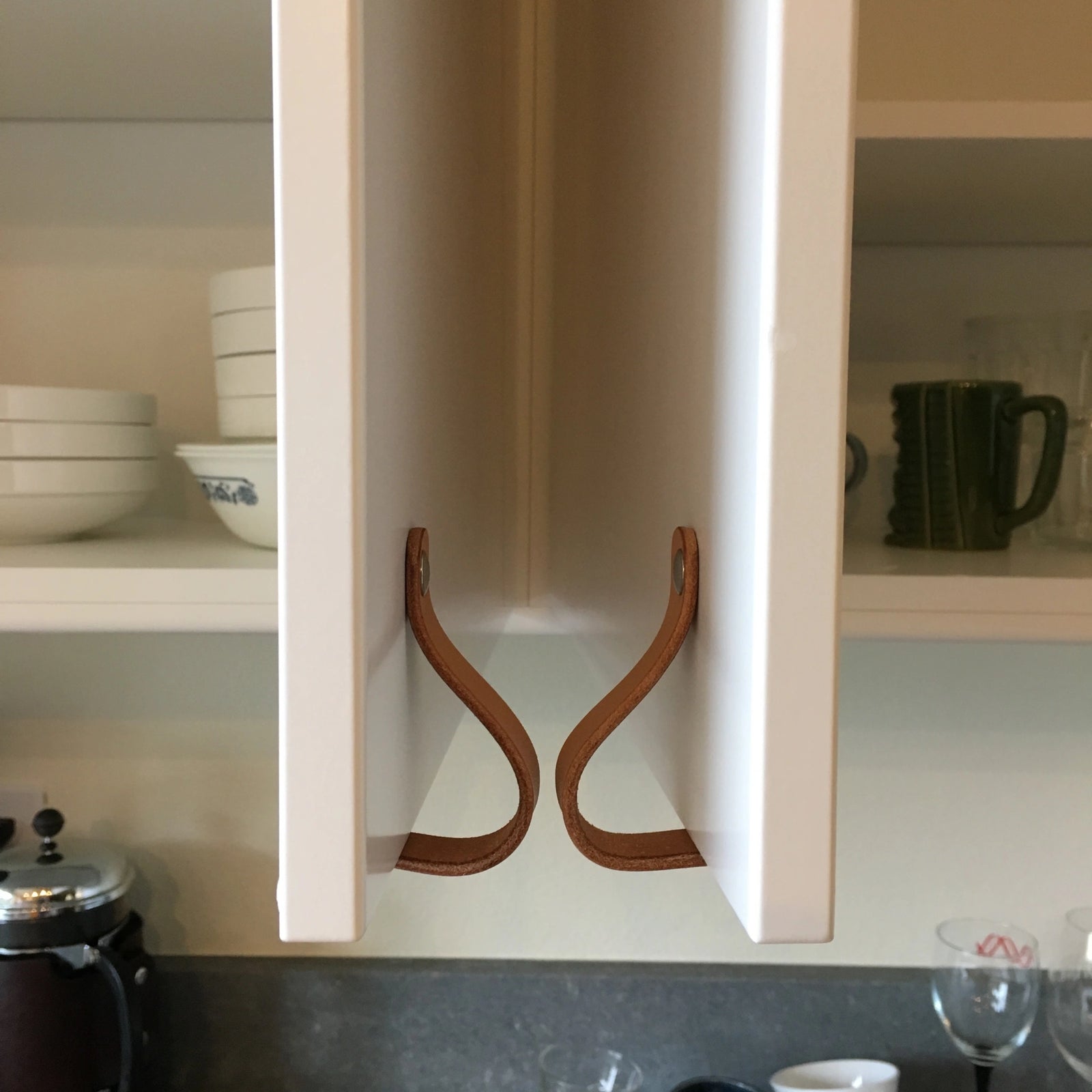
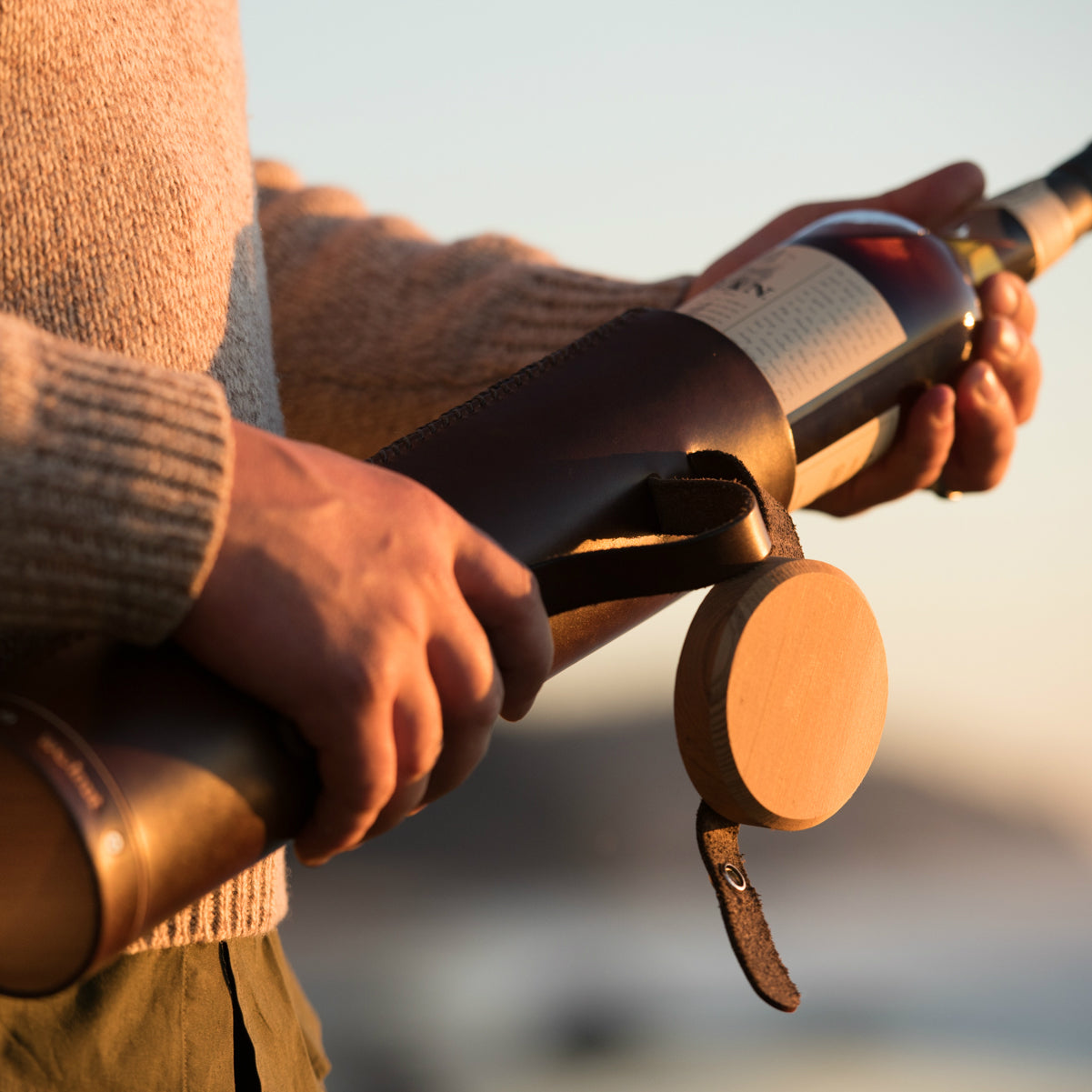
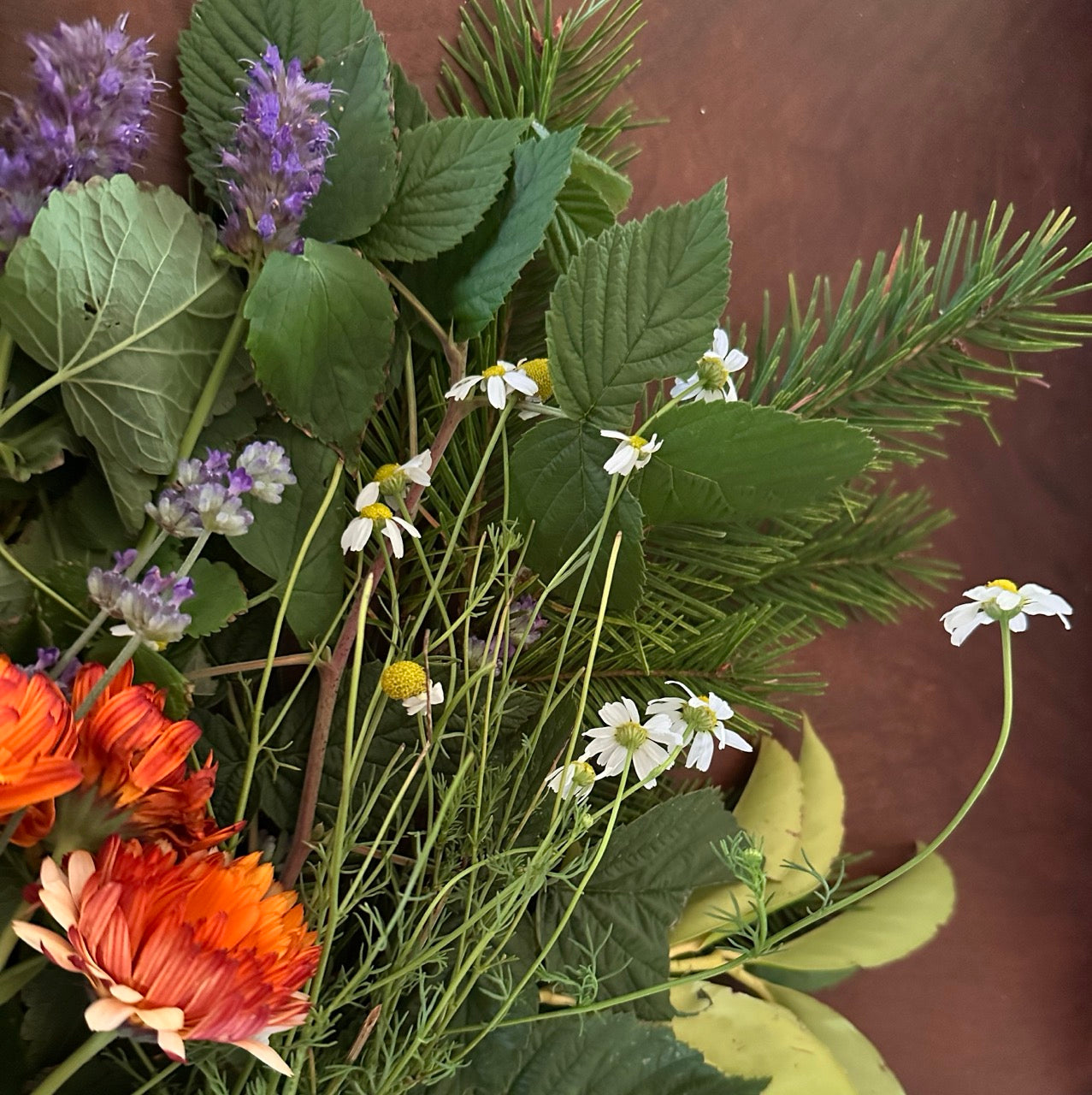
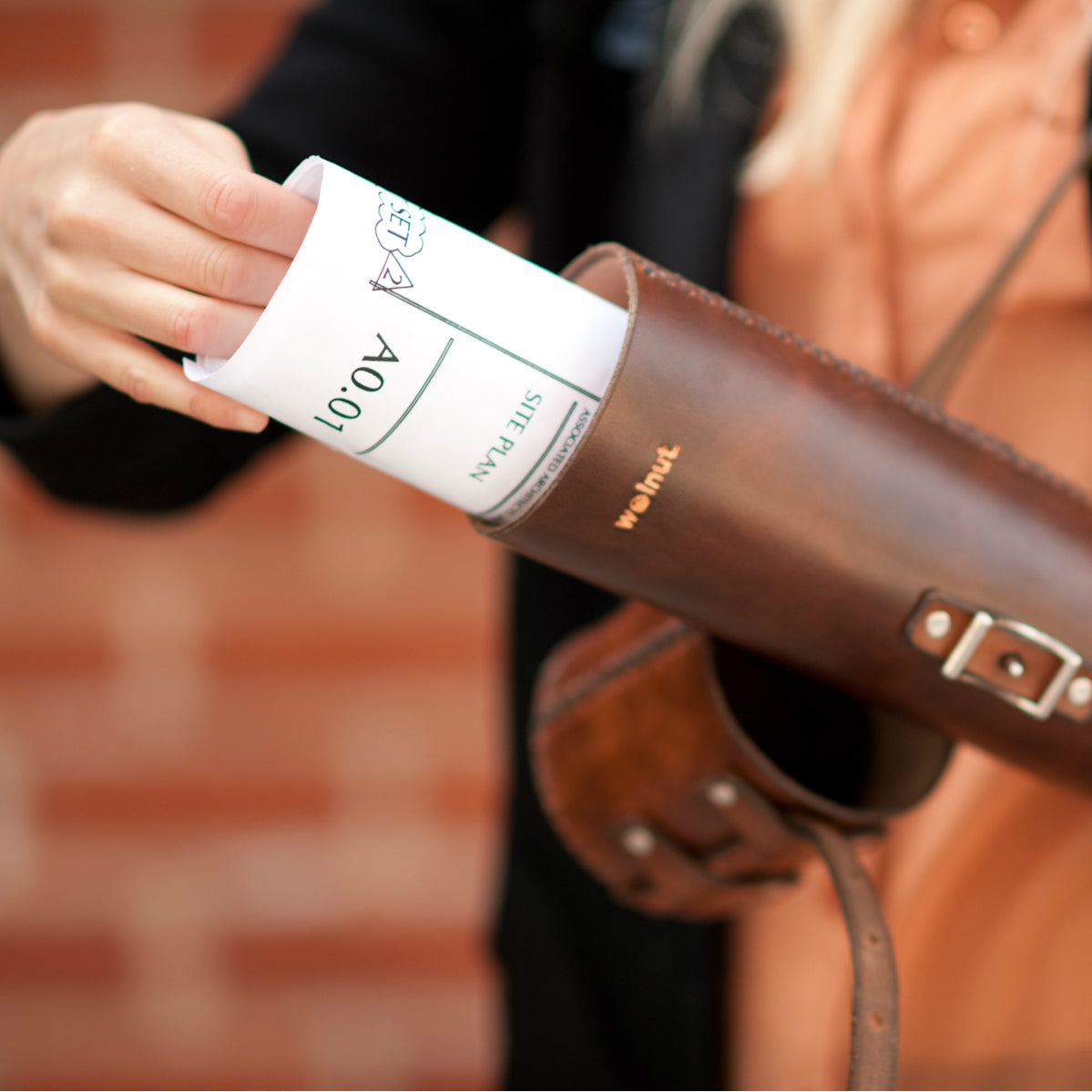
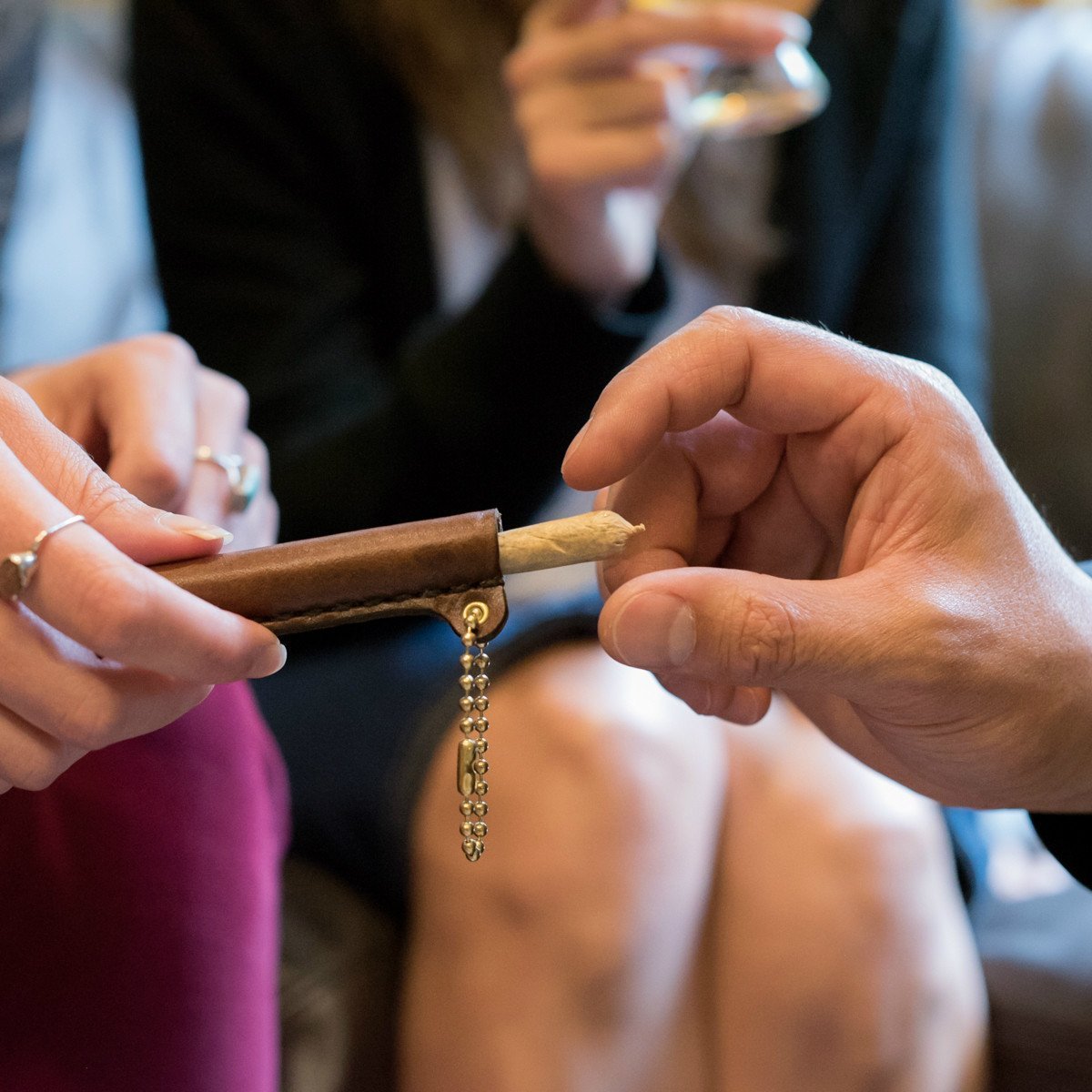
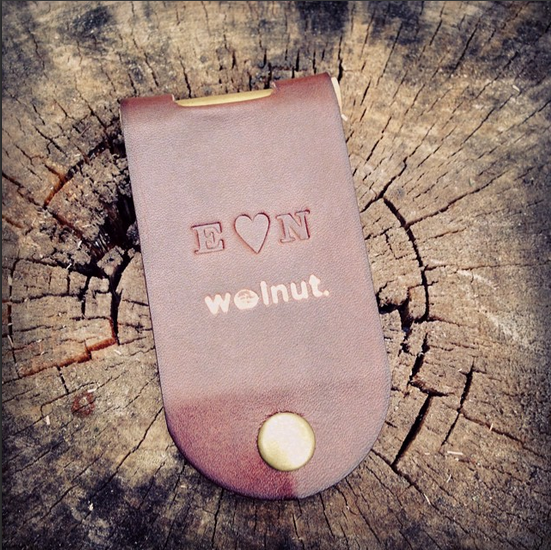
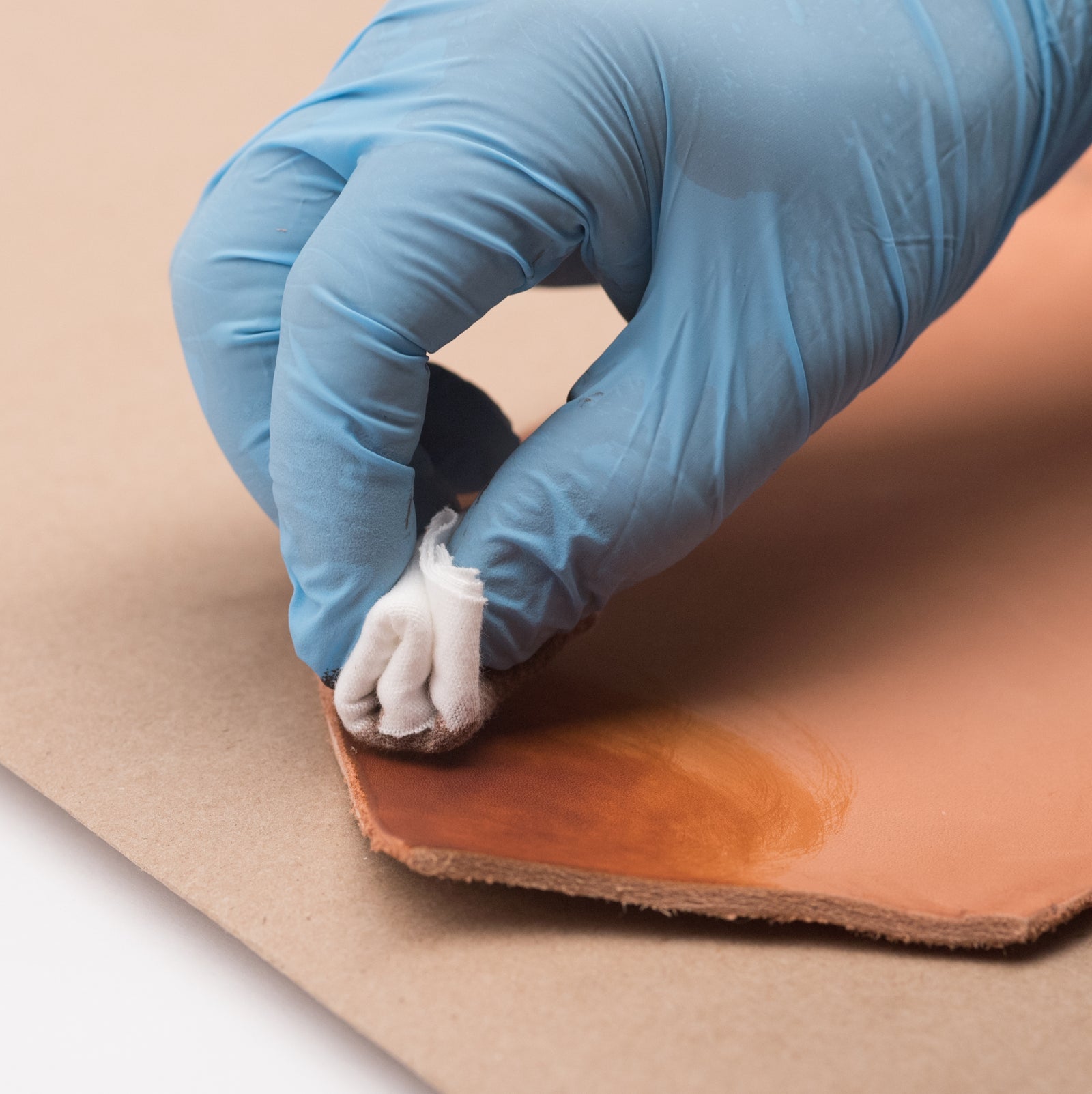

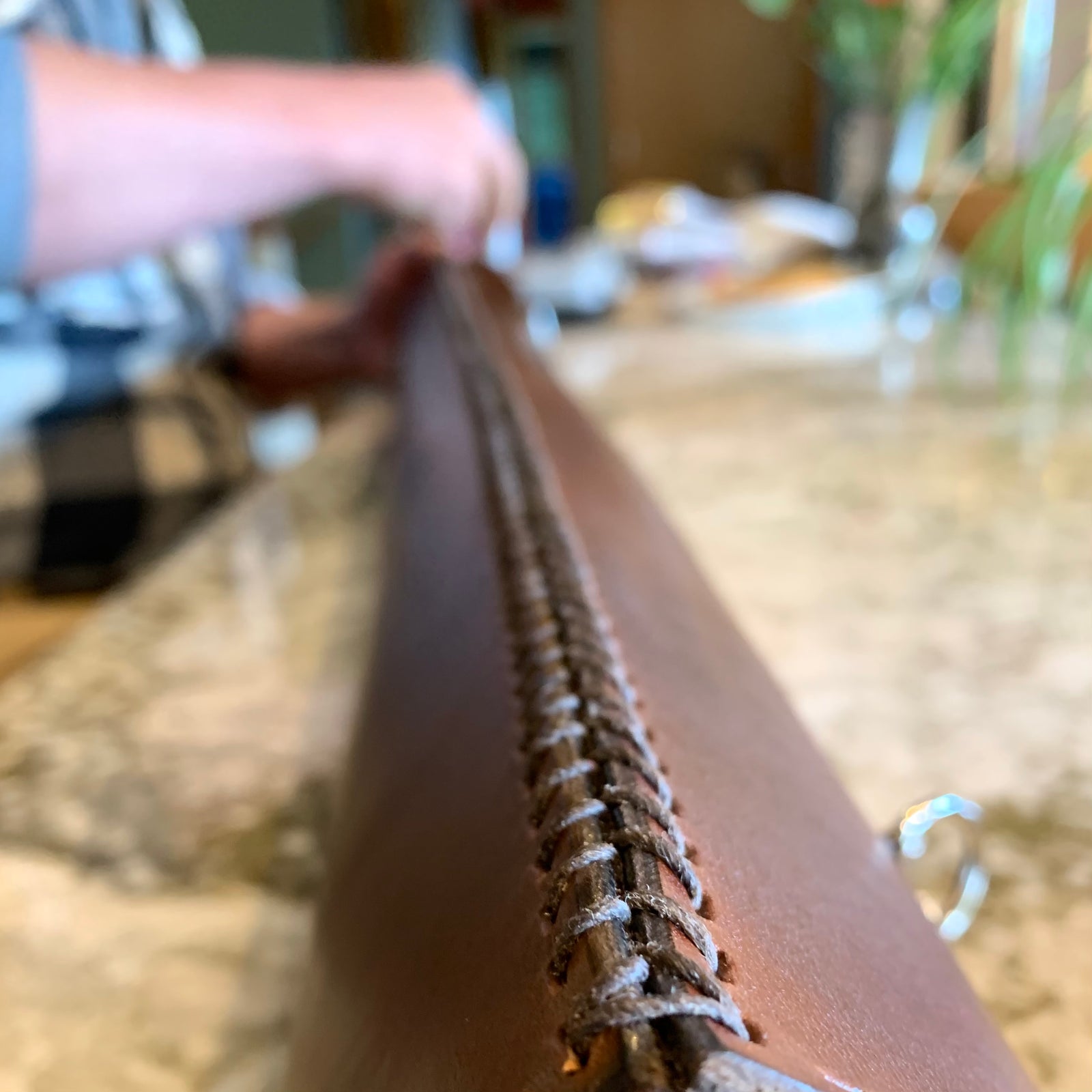
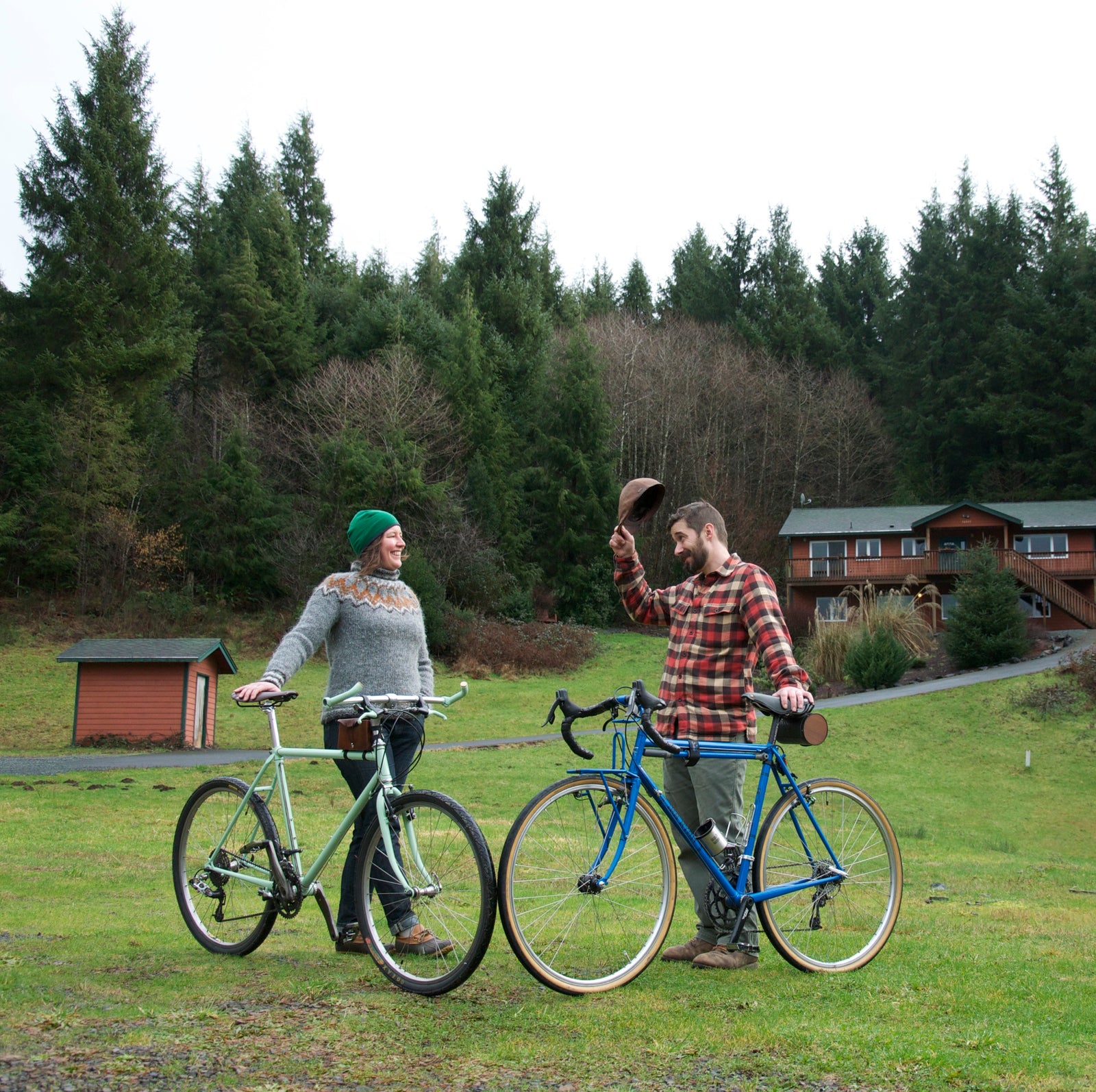
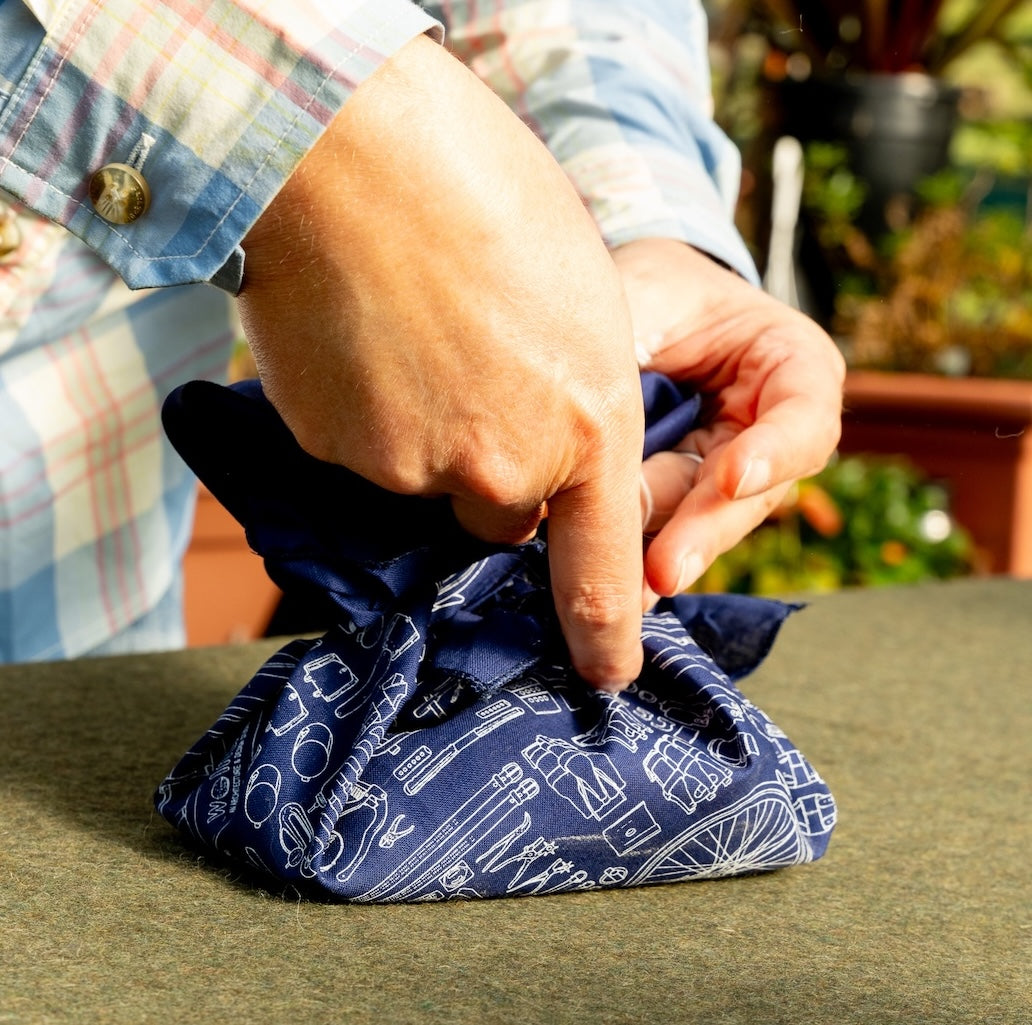
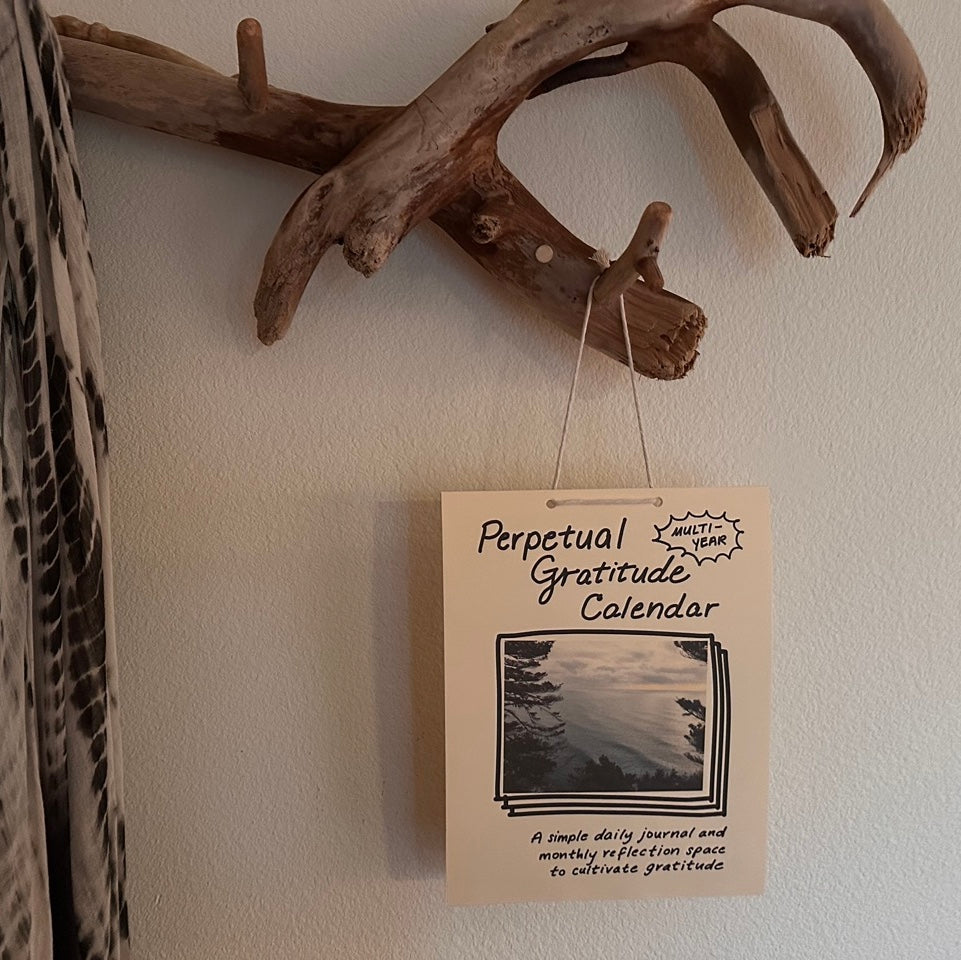
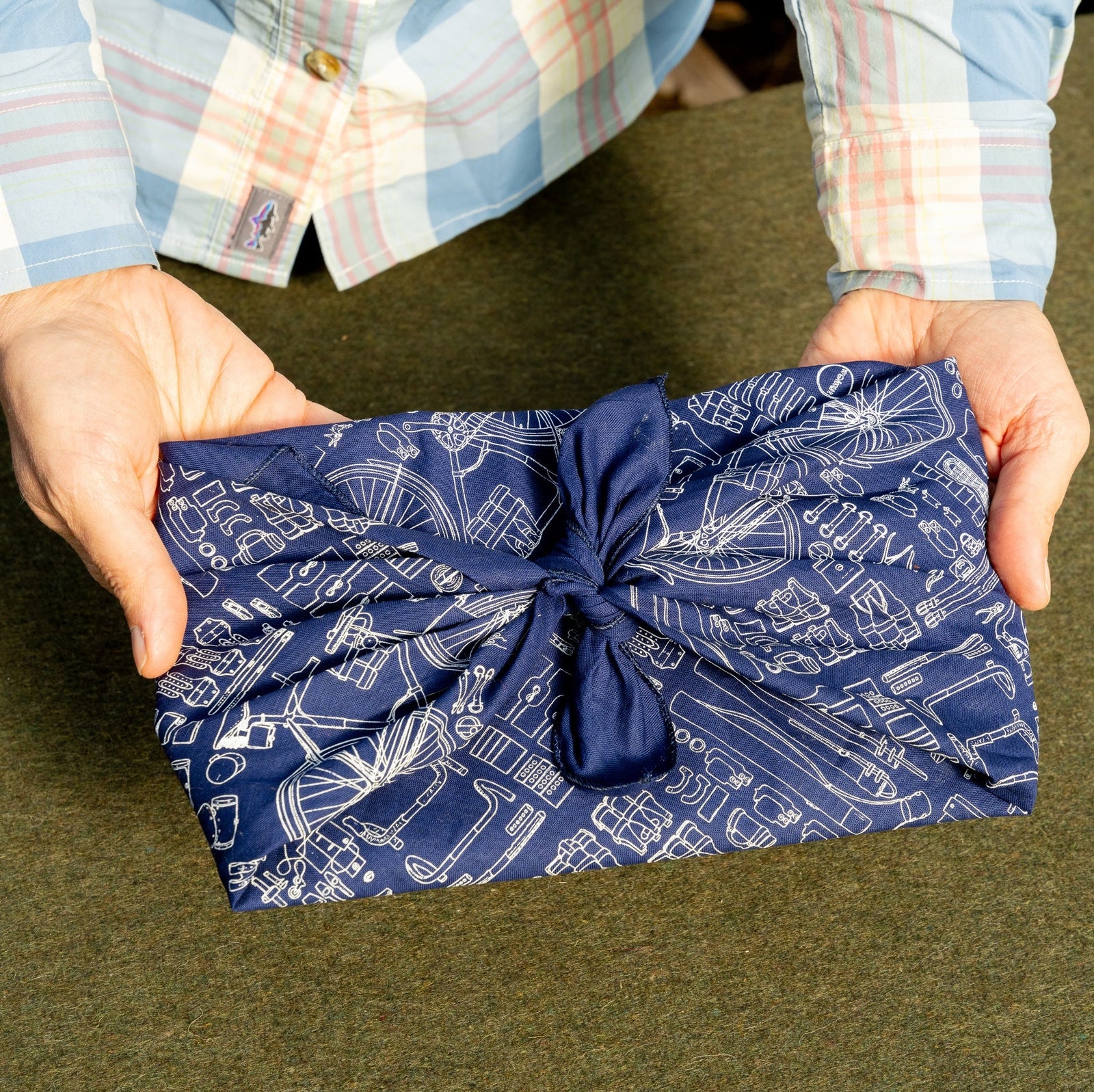

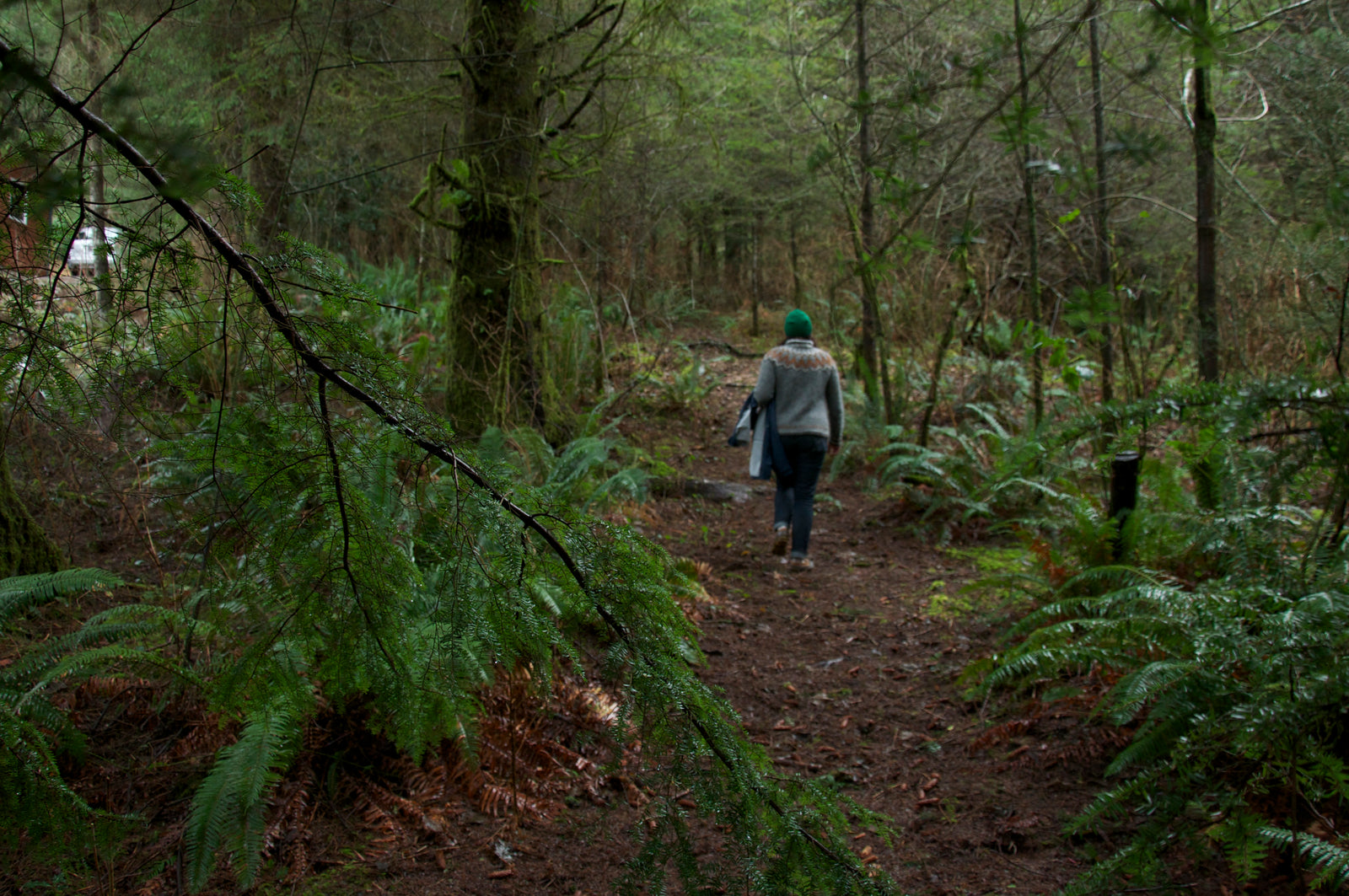
walnutstudiolo
July 11, 2023
Hi Mike,
Most likely if it’s garment leather, there’s little you can do to change the color. We don’t work with garment leather, so I don’t know its properties very well. Once the color is “set” during the chromium/mercury dye process, I believe it stays pretty much true. You could try a simple oil leather care treatment – as described here: http://walnutstudiolo.com/care – just to see. It shouldn’t hurt the leather, but it probably won’t darken it. I would not try this on suede, which has unique needs.
Cheers!
Valerie